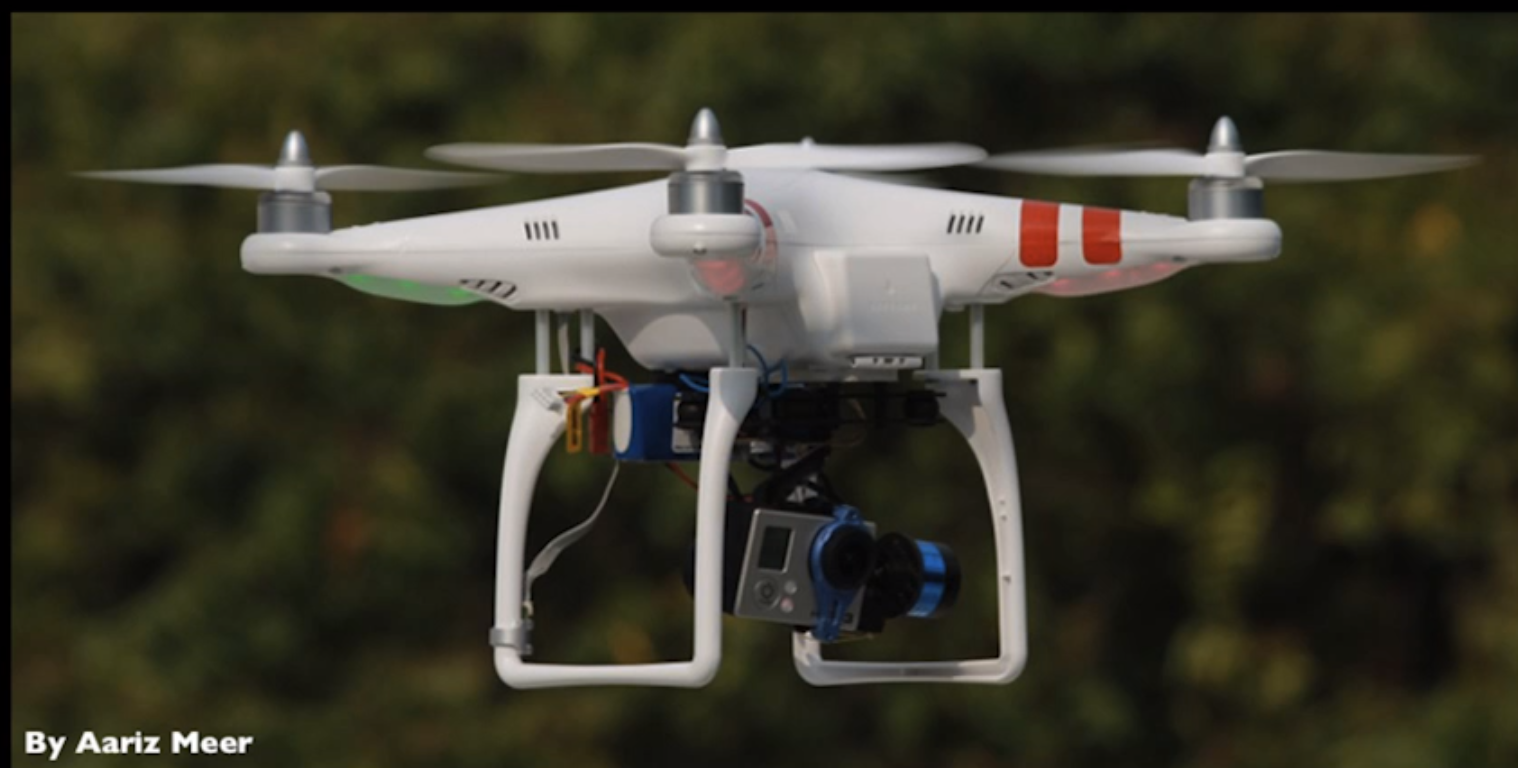WASHINGTON — In Turkey, the remains of Antiochia ad Cragum, an ancient Roman city, is the site of a massive archeological dig. Ben Kreimer, a journalist technologist and drone consultant, is doing aerial imaging of the site with a drone.
According to Kreimer, the drone gets the footage, the quality material that enables him to show viewers images in a way that the human eye has never seen before.
“Something about it is really captivating. It really comes down to the movement that draws you in; it’s like this new experience on subjects always documented but now…it’s the movement of the UAS [unmanned aircraft system] – it grabs me,” Kreimer said in a Skype interview.
Kreimer has also flown drones in Africa where he videoed animals in the wild from viewpoints rarely seen. However, he is barred by the Federal Aviation Administration from flying drones in the United States.
After 9-11 the FAA said no to flying drones for commercial use in national airspace. But very soon that is all about to change, as drones are flying their way into the hearts of the commercial world.
To the FAA, drones, also known as Unmanned Aerial Vehicles, or UAVs, are viewed as aircraft. The agency’s definition of the term “aircraft” being “a device that is used or intended to be used for flight in the air.” Here’s where it gets complicated. At this time, the FAA does not allow a UAV to be flown for “commercial” use. The umbrella includes everyone but the “hobbyist.”
Flying a drone for a hobby is perfectly fine. The FAA defines the rules for flying model aircraft in its 30-something-year-old, 91-57 AC document.
The way the FAA regulations are written at this time, commercial drone operation is only legal in other countries or indoors, in the U.S. However, later this year new rules allowing UAS flight in the U.S. will be made public, according to the FAA’s Randy Willis.
Private rated pilots are not allowed to receive money for flying under any circumstances. Yet commercial rated pilots, can and do receive payment for flying. The difference between flying a drone for fun and flying a drone for profit is what gets tricky.
For example, a farmer flying a drone in his backyard for fun is no problem to the FAA. Take a video of the farmer’s garden to show friends how nice the corn crop looks – no worry. But fly that same drone over the farm fields to determine if the crops need more water and that’s a commercial flight that can draw a fine of up to $10,000.
For now, there is a work around for flying a drone for commercial use: it requires filing a request with the FAA for a special exemption.
The final rulings for commercial drone use will be in approximately a year and a half, 2016, according to the FAA.


